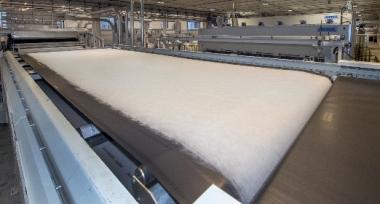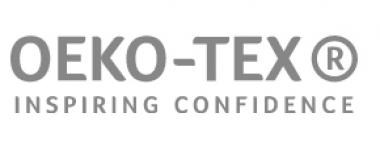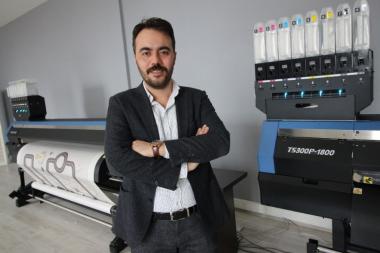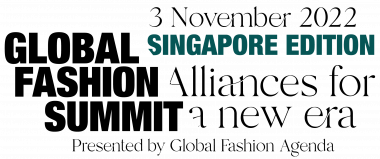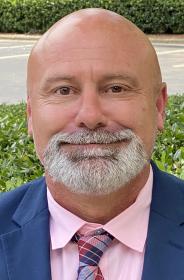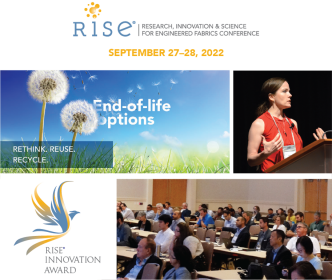ANDRITZ to supply needlepunch equipment to Jasztex, Canada
International technology group ANDRITZ has received an order from Jasztex Fibers Inc., Canada, to supply a crosslapper to its site of Pointe Claire (Quebec province).
The line will be dedicated to the production of polyester blends for a wide range of applications, including home furnishing, filtration, blankets, architectural, fire retardant, transportation. Start-up is planned for the second quarter of 2023.
ANDRITZ has been a regular supplier of Jasztex. Over the last years, ANDRITZ provided crosslappers for previous investments in Toronto (Ontario) and Pointe Claire (Quebec).
Jasztex’s nonwoven products are sold throughout the bedding, furniture, filtration, acoustic and thermal insulation, transportation and medical markets.
ANDRITZ AG


